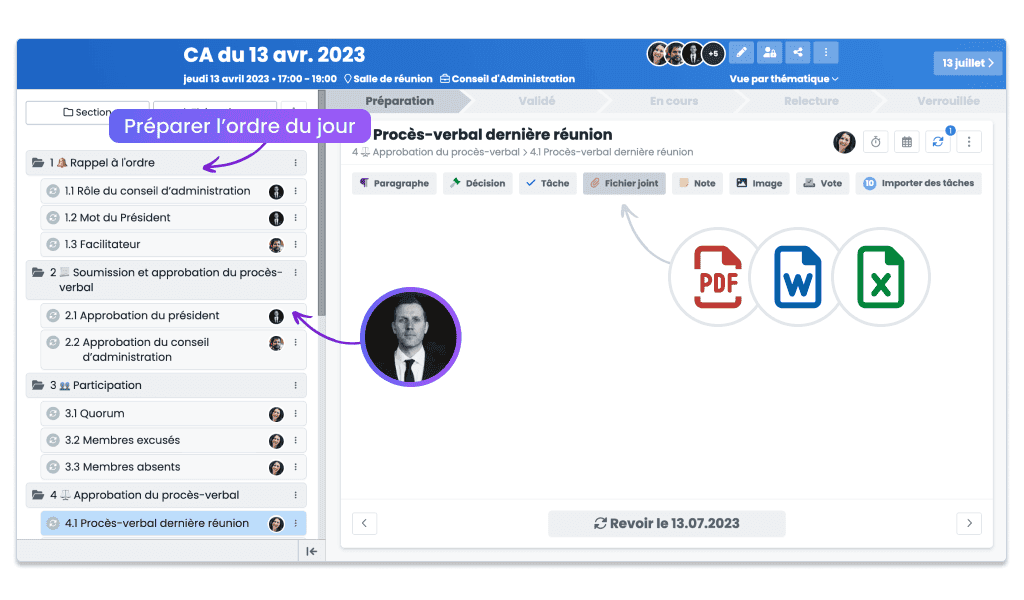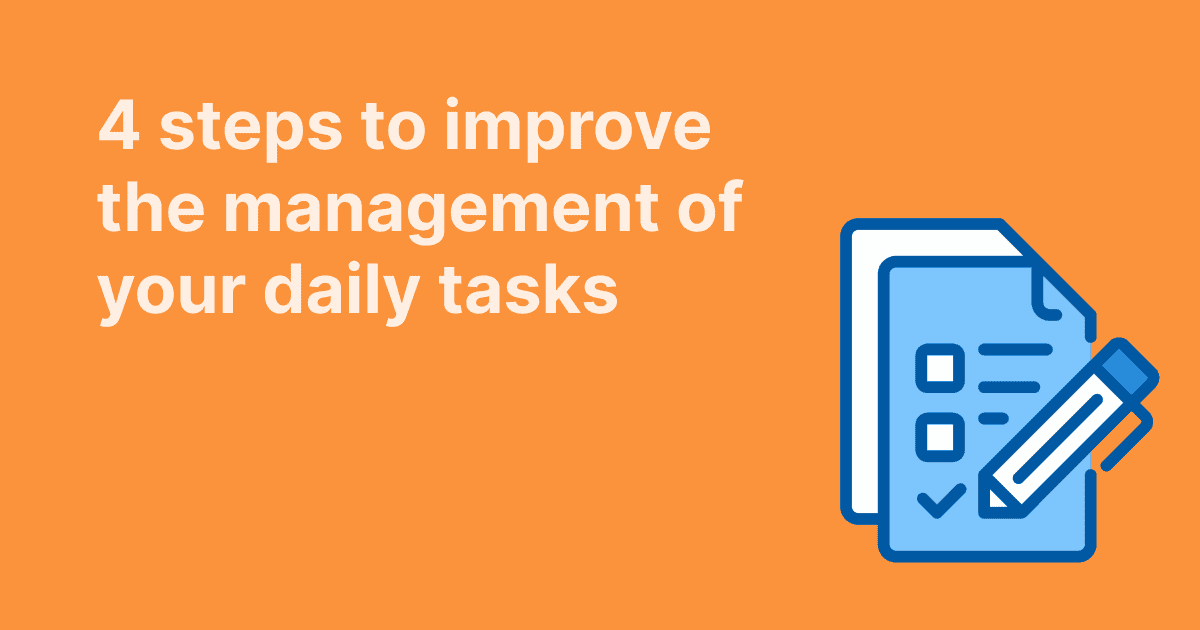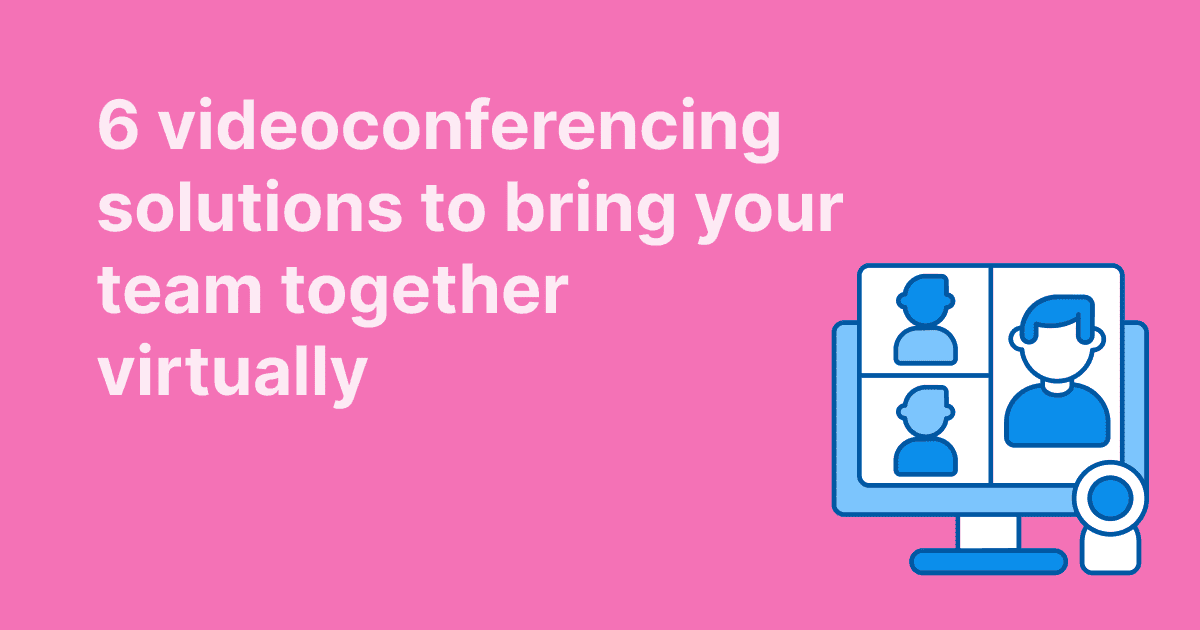Our recent LinkedIn survey revealed that almost 40% of respondents associate the ineffectiveness of a meeting with the lack of decisions made, while 34% point the finger at the participants' lack of preparation.
Indeed, meetings dictate our weeks and petrify our calendars. However, they remain a central element in collaboration and mark the echelons of project management.
In this article, we address these issues and suggest a few best practices that will have the advantage of optimizing your meetings.
Problem n°1: Promoting decision-making at meetings
🎯 Systematically setting objectives
The meeting leader must be clear about the objectives of the meeting. Depending on the objectives and their deadlines, it is important to systematically define in advance the decisions to be taken and mention them in the agenda.
🗣️ Assign decision-making authority
It is advisable to define a meeting moderator or to assign responsibility for each topic to a specific person. In this way, this person ensures that the matter reaches a decision before moving on to the next item.
🗳️ Putting to the vote
Decision-making can be facilitated by voting. When a decision is taken within a group, voting can reach a collegial decision. Voting puts an end to endless discussion and allows the group to move on to the next issue.
✅ Formalizing decision-making
It's important to record decisions clearly in the minutes. The record of any decision must be easily accessible to avoid wasting time searching for information.
Problem n°2: Encourage participants to prepare themselves
👀 Reading discussion material in advance
Send information and documents dealing with the various topics in advance so that participants can prepare themselves. Reading the issues in advance ensures that they are dealt with more quickly, thus reducing the length of the meeting.
🗓️ Initiate debate before the meeting
By mentioning any questions or decisions to be made on the agenda, participants can prepare themselves for the debate.
👤 Empowering participants
The meeting initiator does not have to run the entire session. On the contrary, by appointing a member of staff as presenter for a topic in which he or she is involved, he or she will by nature be better prepared and more responsible for managing the project. In addition, the change of presenter will have the advantage of giving the meeting a rhythm.
❎ Consistency in the participation of certain employees
A lack of preparation or investment on the part of an employee can sometimes mean that his or her presence is perhaps not relevant.

Collaborative upstream work can radically improve meeting productivity and participant involvement.
WEDO is a cloud-based solution that enables all team and company members to manage their meeting agendas. Agenda items and content are automatically transferred from one meeting to the next, ensuring the traceability of projects, tasks and decisions.
The platform is compatible with the management of all types of meetings, from board meetings to HR meetings, as well as regular or exceptional project management sessions.



